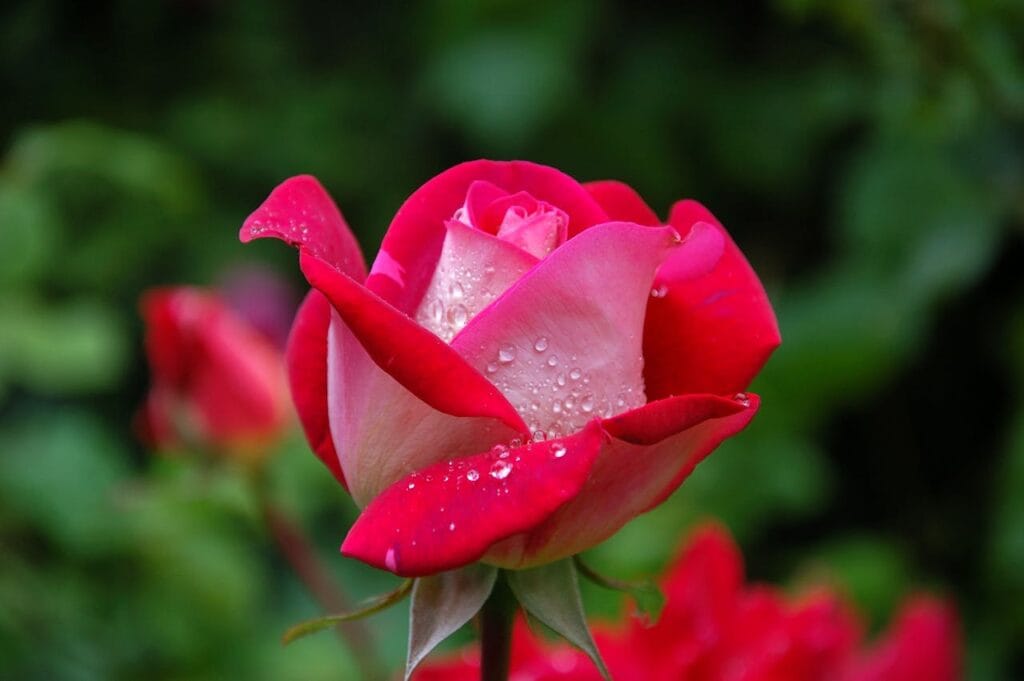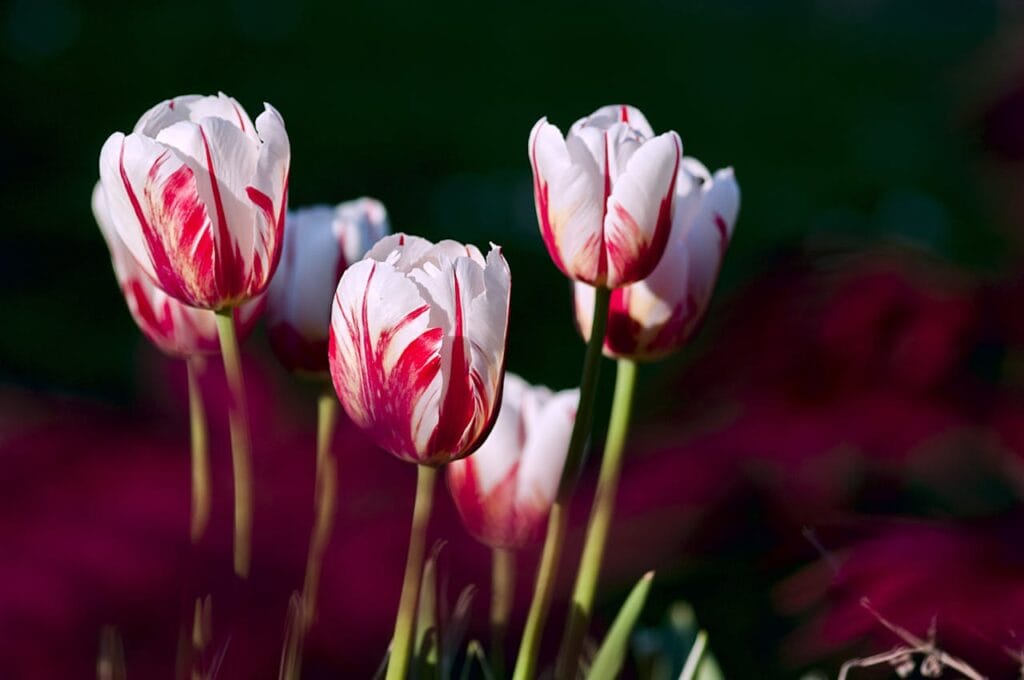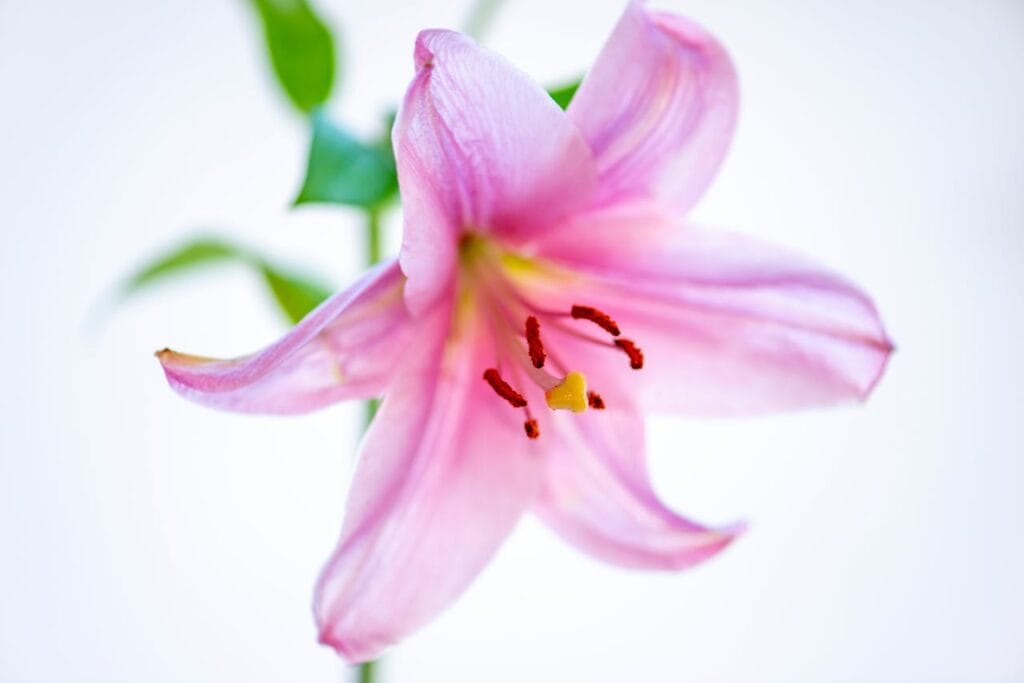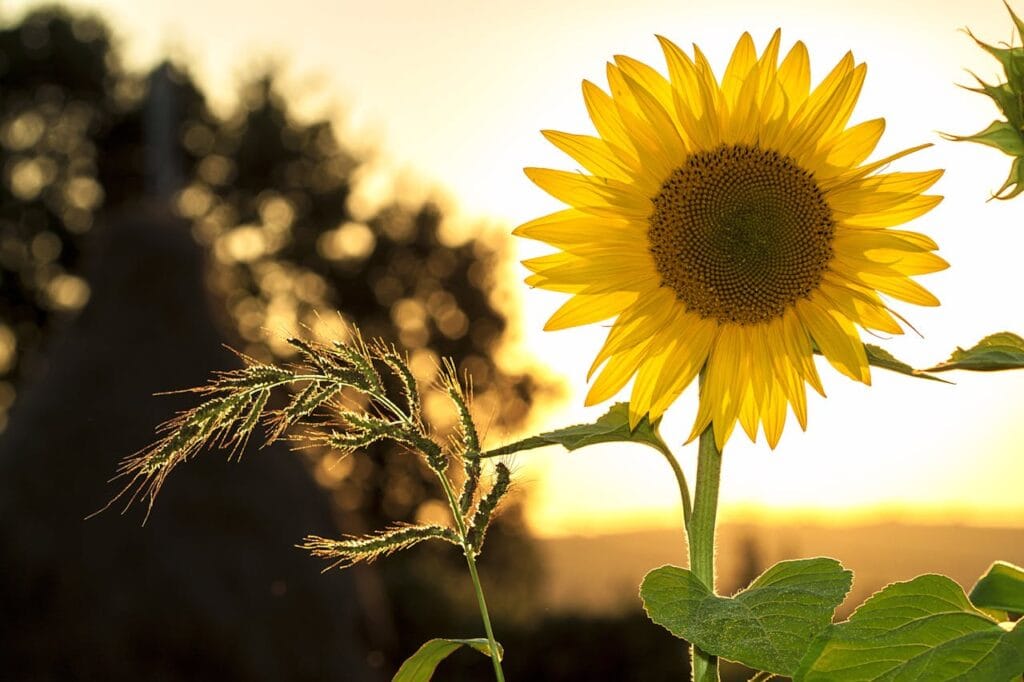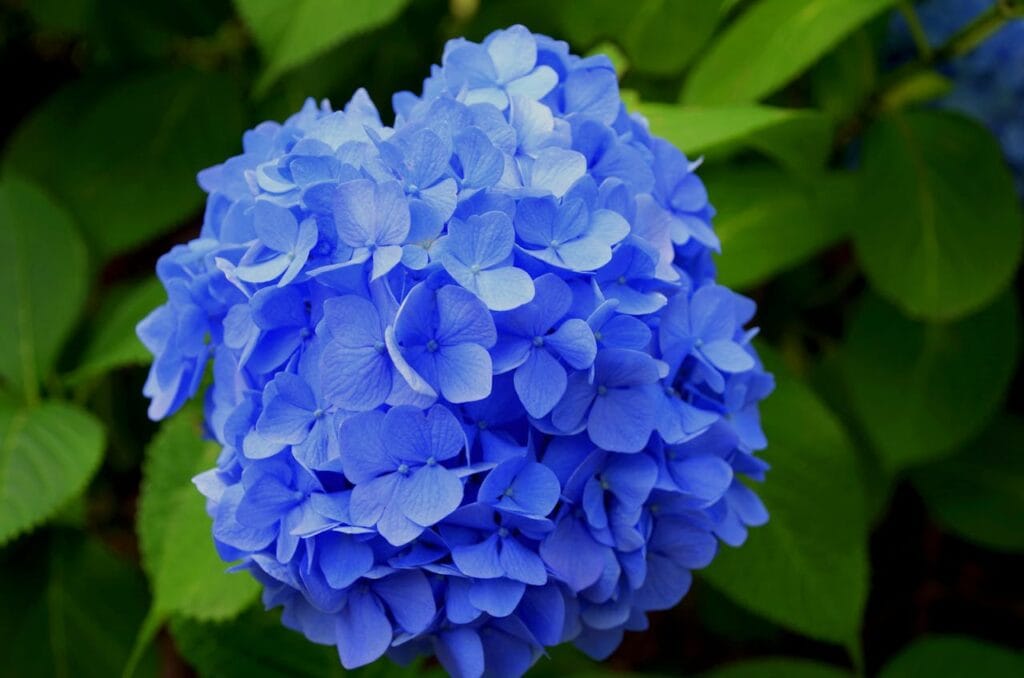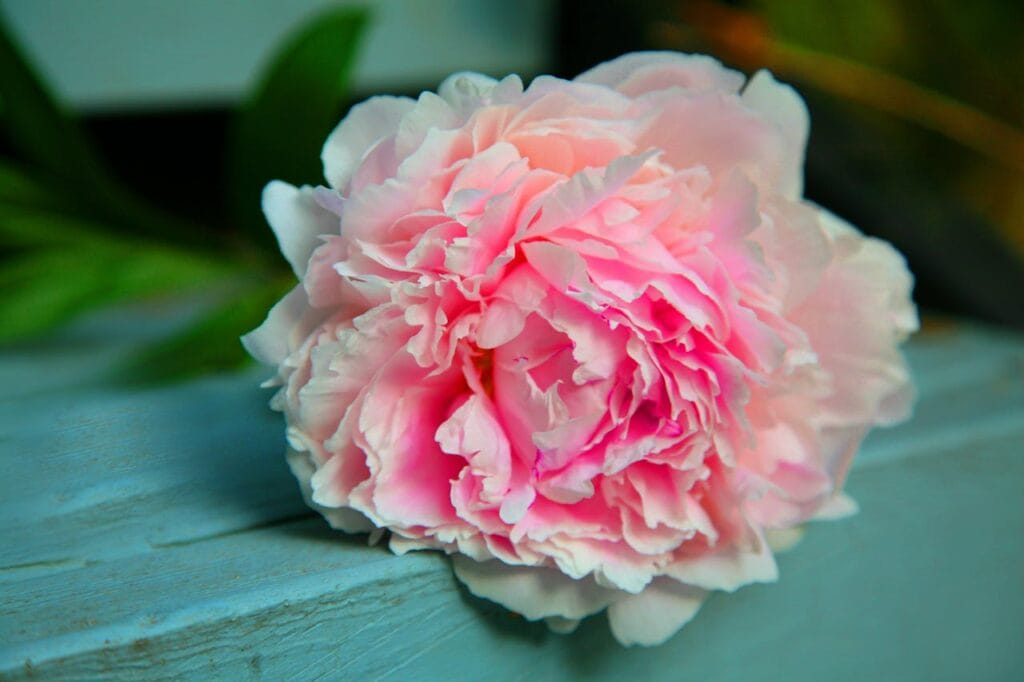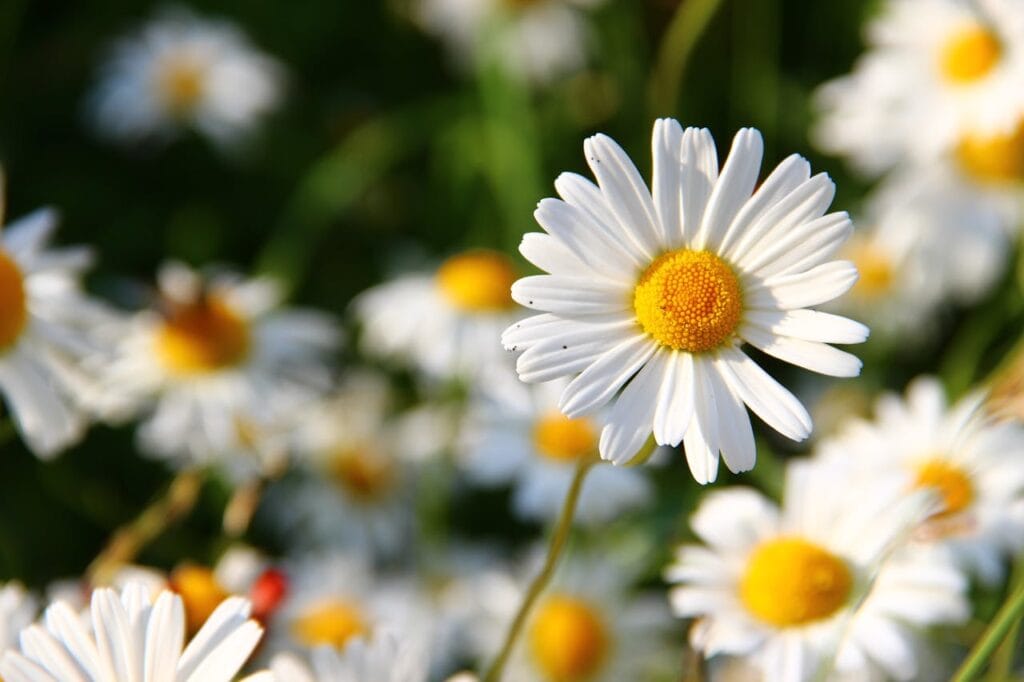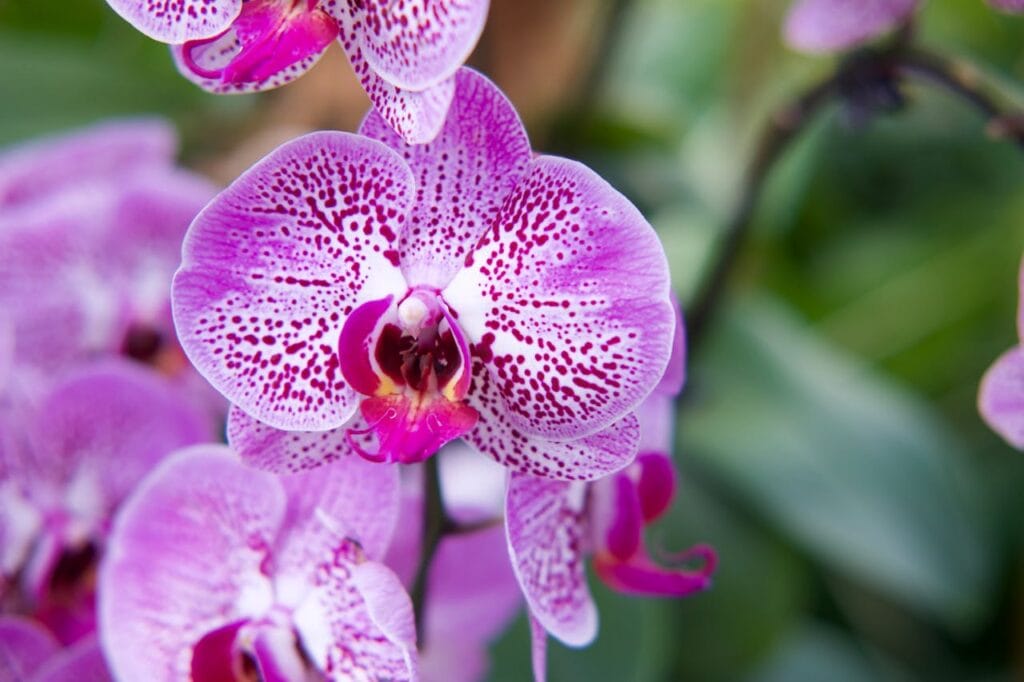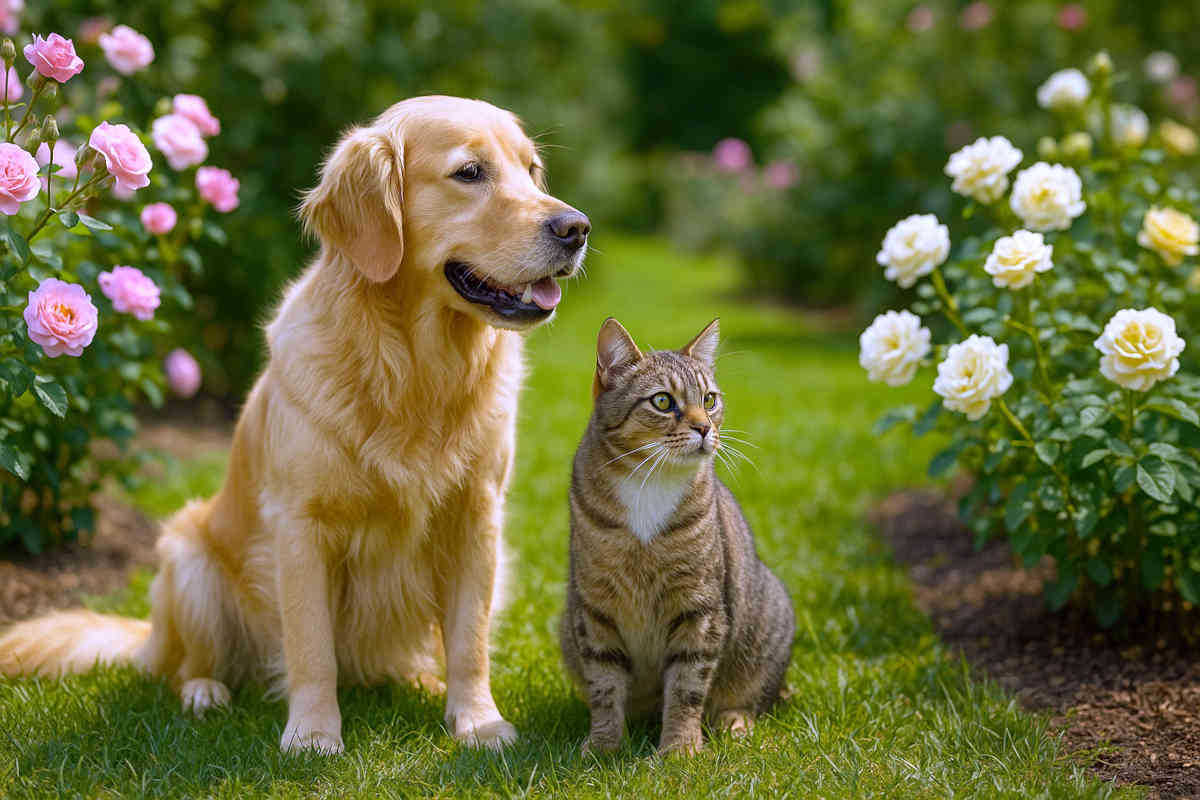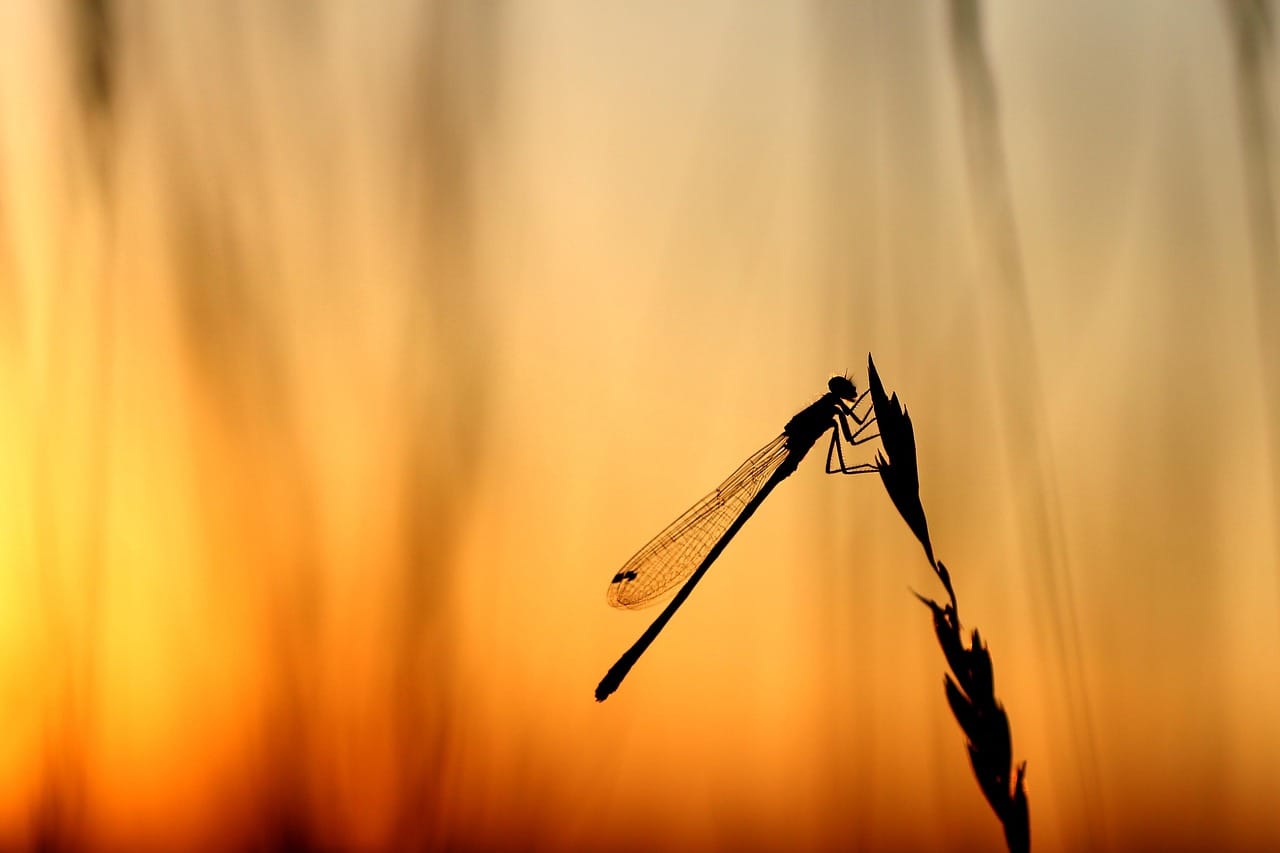Ever wondered what the most popular flower types are and which ones would be perfect for your home garden?
Picking the right flowers can make all the difference. Some thrive with almost no effort, while others need a little extra care—but the reward? A garden bursting with color and life.
In this guide, we’ll cover the most loved flowers and how to care for them so they bloom beautifully.
You’ll also learn some tips for choosing the right flowers for your space, whether you have a backyard, balcony, or patio garden.
Stick around, because by the end of this, you’ll know exactly which flowers suit your garden and how to keep them thriving!
How to Choose the Right Flowers for Your Garden
Before diving into the most popular flower types, let’s talk about picking the right ones for your space. Not all flowers thrive in the same conditions, so choosing wisely will save you a lot of frustration.
First, consider your climate. Some flowers love the sun, while others prefer shade.
For example, sunflowers? They live for bright, direct sunlight. On the other hand, impatiens? They’ll wilt if they get too much.
Next, check your soil type. Some flowers, like lavender, need well-draining, slightly sandy soil, while hydrangeas do better in richer, moisture-retaining soil. A quick soil test can tell you what you’re working with.
Another thing? Sun exposure. Does your garden get full sun (6+ hours of direct light), partial sun, or mostly shade? Flowers like tulips and roses need plenty of sunlight, while ferns and hostas thrive in shadier spots.
Then there’s the big question: Annuals or perennials?
- Annuals (like petunias and marigolds) bloom for one season and then die. Great for instant color, but you’ll need to replant each year.
- Perennials (like peonies and lilies) come back year after year, making them a long-term investment.
Lastly, think about bloom times. If you plant a mix of early, mid, and late-season bloomers, your garden will stay colorful all year long.
Choosing flowers isn’t just about looks—it’s about setting them up for success!
You may also like:
- How to Care for Succulents: Complete Beginner’s Guide
- How to Grow Tomato Plants in Pots: The Ultimate Home Gardener’s Guide
8 Most Popular Flower Types for Home Gardens
Now that you know how to choose the right flowers, let’s get to the fun part—exploring the most popular flower types for home gardens!
These flowers are loved for their beauty, ease of care, and ability to brighten up any space.
1. Roses – The Timeless Classic
Roses are the ultimate garden favorite. They come in nearly every color imaginable and range from compact varieties perfect for pots to sprawling climbers that can cover fences and trellises.
- Care Tips: Roses love full sun (at least 6 hours a day) and well-draining soil. Regular pruning keeps them healthy and encourages more blooms.
- Common Issues: Watch out for aphids and powdery mildew—neem oil or insecticidal soap can help.
You may also like:
2. Tulips – Vibrant Spring Favorites
Nothing says spring like a bed of bright tulips! These bulb flowers come in an endless array of colors and patterns, making them a must-have for seasonal gardens.
- Care Tips: Plant tulip bulbs in the fall before the first frost. They need full sun and well-drained soil.
- After Blooming: Once the flowers fade, let the leaves die back naturally to help the bulb store energy for next year.
3. Lilies – Elegant and Fragrant
Lilies add a touch of elegance to any garden. Whether it’s Asiatic, Oriental, or Daylilies, they’re stunning and surprisingly easy to grow.
- Care Tips: Plant bulbs in the fall or early spring. Lilies need full sun to partial shade and well-drained soil.
- Pest Alert: Keep an eye out for red lily beetles, which can quickly destroy leaves and flowers.
4. Sunflowers – Cheerful and Easy to Grow
If you want a low-maintenance, high-impact flower, sunflowers are it. These bright giants attract pollinators, make great cut flowers, and even provide seeds for birds (or snacks for you!).
- Care Tips: Sunflowers need full sun and plenty of space. They grow tall, so stake them if necessary to prevent toppling.
- Fun Fact: Sunflowers track the sun, a behavior called heliotropism, when they’re young.
5. Hydrangeas – Lush and Color-Changing Blooms
Hydrangeas are known for their large, fluffy flowers that can change color depending on the soil pH. Acidic soil turns them blue, while alkaline soil makes them pink!
- Care Tips: These beauties love morning sun and afternoon shade. Keep the soil moist but not waterlogged.
- Winter Prep: In colder areas, mulch around the base in fall to protect the roots.
You may also like:
6. Peonies – Long-Lasting Beauty
Peonies are one of those flowers that reward patience. They take a couple of years to establish, but once they do, they bloom for decades with minimal effort.
- Care Tips: Full sun is best, and they need well-drained soil. Avoid planting too deep, or they won’t bloom.
- Why They’re Loved: Huge, fragrant flowers that make stunning cut arrangements!
7. Daisies – Simple Yet Stunning
Daisies are the definition of easygoing. Whether it’s the classic white-and-yellow Shasta Daisy or the bold colors of Gerbera Daisies, they brighten up any space.
- Care Tips: Full sun and well-drained soil are key. Deadhead spent flowers to keep them blooming longer.
- Great for Pollinators: Bees and butterflies love them!
8. Orchids – Exotic and Rewarding
Orchids have a reputation for being tricky, but some varieties, like Phalaenopsis (Moth Orchid), are actually beginner-friendly.
- Care Tips: Indirect light, high humidity, and a well-draining orchid mix are essential. Water sparingly—overwatering is the biggest orchid killer.
- How to Rebloom: After flowers fade, cut the spike above a node, and with proper care, you might get another bloom cycle.
You may also like:
Essential Flower Care Tips for a Thriving Garden
Knowing the most popular flower types is great, but keeping them healthy and blooming? That’s where the magic really happens. No matter how beautiful a plant is, if you’re not giving it what it needs, it won’t thrive.
So, here’s what to focus on:
Watering: Not Too Much, Not Too Little
It’s easy to overdo it. Most flowers hate soggy roots, so water deeply but not too often. A general rule? Water when the top inch of soil feels dry. Morning is the best time—it gives the water a chance to soak in before the sun gets too hot.
Feed Your Flowers
Good soil is a game-changer, but a little boost from fertilizer goes a long way. Use a balanced, slow-release fertilizer in spring, then again mid-season if needed. Compost is gold too—it improves soil structure and adds nutrients naturally.
Prune and Deadhead
Deadheading (removing spent blooms) encourages many flowers to produce more. Pruning helps shape the plant and remove dead or diseased parts. Don’t skip this! It keeps your garden tidy and your plants focused on growing.
Pests and Problems
No garden is immune, but you can stay ahead of issues. Keep an eye out for signs like chewed leaves or spots on petals. Use natural solutions when possible: neem oil, soapy water, or inviting beneficial bugs like ladybugs and lacewings.
What to Do Each Season
- Spring: Prep soil and plant early bloomers.
- Summer: Stay on top of watering and deadheading.
- Fall: Cut back perennials and mulch to protect roots.
- Winter: Plan ahead and protect sensitive plants with covers or indoor relocation.
Consistency beats perfection—just a little regular care makes a big difference.
So, what are the most popular flower types for home gardens? They’re the ones that bring color, personality, and a little joy to your outdoor space—while fitting your climate and lifestyle.
The key is knowing what each type needs and picking varieties that work with your space, not against it.
Try mixing annuals with perennials, experiment with color combos, and don’t be afraid to get your hands dirty. Your garden doesn’t have to be perfect. It just has to be yours.
FAQ – Popular Flower Types and Their Care
1. What are the easiest flowers for beginners to grow?
Some of the easiest flowers to start with are marigolds, sunflowers, daisies, and zinnias. They grow fast, need minimal care, and are pretty forgiving if you mess up a little.
2. How do I know if a flower will grow well in my garden?
Check your local climate, sun exposure, and soil type. Most seed packets or plant tags include this info, and you can always ask at a garden center or look up care guides online.
3. Can I grow popular flower types in containers?
Definitely. Many flowers—like roses, lilies, and even peonies—do great in pots as long as the container has good drainage and you use a quality potting mix.
4. How can I make flowers bloom longer?
Deadhead regularly, keep up with watering and feeding, and choose flowers with staggered bloom times. Mixing early, mid, and late-season bloomers keeps the show going.
5. What natural ways can I protect my flowers from pests?
Try neem oil, insecticidal soap, or companion planting (like marigolds near veggies). You can also attract helpful bugs like ladybugs and lacewings to do the pest control for you.
6. How do I attract helpful insects to my garden?
Plant flowers that pollinators and beneficial bugs love—like lavender, dill, yarrow, and daisies. Avoid pesticides, and add small rocks or shallow water dishes to give them a place to rest and drink.



